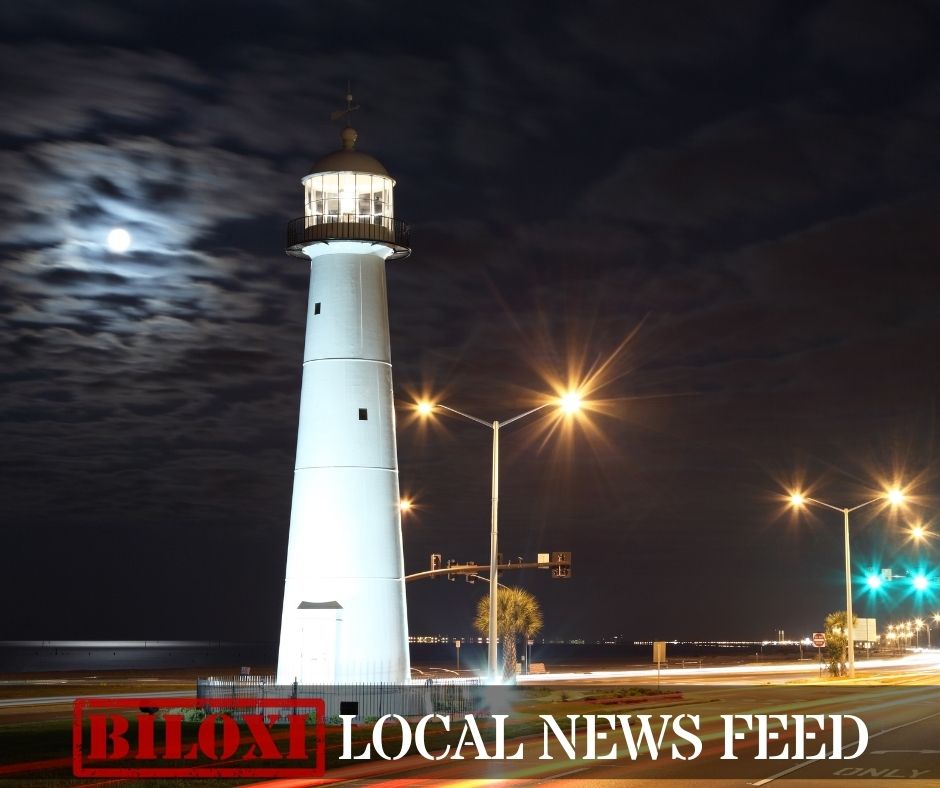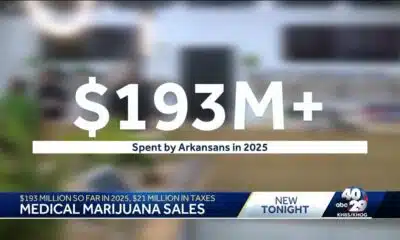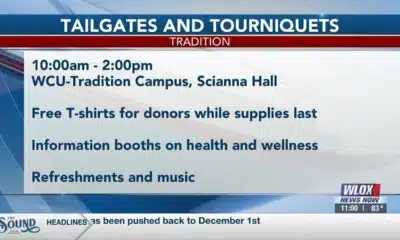News from the South - Florida News Feed
Sarah Boone Trial: Attorney on Sarah Boone's defense strategy
SUMMARY: In the Sarah Boon trial, the defense is preparing to present its case after the prosecution rested. They plan to highlight the battered spouse syndrome and self-defense, shifting the burden of proof to the defense. The critical challenge is demonstrating a history of traumatic domestic abuse to justify Sarah’s actions, especially since no imminent fear was present at the moment of the incident. The defense may call Sarah to testify first to frame her mindset, despite the typical strategy of putting defendants on the stand last. Cross-examination by the prosecution is expected to focus on inconsistencies in her story, emphasizing her credibility and options at the time. The defense must bolster records for potential appeals, underscoring the complexities of the legal process.
Live video feed of Sarah Boone’s trial. Sarah Boone is accused of killing her boyfriend, Jorge Torres, in Feb. 2020 by zipping him up in a suitcase during a drunken game of hide-and-seek. Torres was found dead in the suitcase the next day. Sarah Boone claims Torres’ death was in self-defense.
Subscribe to FOX 35 Orlando: https://bit.ly/3ACagaO
Watch FOX 35 Orlando LIVE newscasts: https://www.FOX35Orlando.com/live
Download FOX 35 news & weather apps: https://www.fox35orlando.com/apps
FOX 35 Orlando delivers breaking news, live events and press conferences, investigations, politics, entertainment, business news and local news stories and updates from Orlando, Orlando metro, and across Florida.
Watch more from FOX 35 on YouTube
Newest videos: https://www.youtube.com/myfoxorlando/videos
Most viewed/viral videos: https://www.youtube.com/watch?v=jgNn6rfByAM&list=PLzmRitN2dDZvlKw0C1IH3nLFGlbqgvp5C
We Love Florida: https://www.youtube.com/playlist?list=PLzmRitN2dDZuWecugac4QebPGp5-HZ5XP
Central Florida’s True Crime Files: https://www.youtube.com/watch?v=QAxwHLIeahA&list=PLzmRitN2dDZvk9zWypuHs9n38zuwnUSpx
More news stories: http://www.FOX35Orlando.com
Watch FOX 35 News live: https://fox35orlando.com/live
FOX 35 News newsletter: https://www.fox35orlando.com/email
Follow FOX 35 Orlando on Facebook: https://www.facebook.com/FOX35Orlando
Follow FOX 35 Orlando on Twitter: https://twitter.com/fox35orlando
Follow FOX 35 Orlando on Instagram: https://www.instagram.com/fox35orlando
News from the South - Florida News Feed
Orlando restaurant owner invites artists to parking lot amid federal fight against street art
SUMMARY: In response to Florida’s decision to paint over street art on public roads, including the rainbow crosswalk outside the Pulse nightclub, Orlando’s Se7en Bites restaurant owner Trina Gregory is opening 49 parking spaces for local artists to create vibrant artworks. The event, “Parking Spaces for Pride,” will take place Monday from 7 a.m. to 7 p.m. at 617 N Primrose Drive. It aims to transform controversy into a community celebration that uplifts Orlando’s LGBTQ+ community, preserving the city’s love for art. Gregory intends to make this an annual event promoting creativity, diversity, and resilience amidst the state’s restrictions on non-uniform traffic markings.
The post Orlando restaurant owner invites artists to parking lot amid federal fight against street art appeared first on www.clickorlando.com
News from the South - Florida News Feed
Community honors life of 10-year-old Harper Moyski, killed in shooting at Minneapolis church
SUMMARY: In Minneapolis, friends and family gathered to honor 10-year-old Harper Moyski, killed in a mass shooting at Annunciation Catholic School. Harper, remembered as fierce, curious, and unapologetically herself, was one of two children killed alongside 21 injured when a former student opened fire during Mass. Her mother, Jackie Flavin, described Harper as “extra in the very best way,” loving dogs and aspiring to be a veterinarian. Speakers at the outdoor memorial called for an end to gun violence, especially in schools. Rabbi Jason Rodich urged kindness amid societal division, encouraging people to support one another “for Harper.”
Read the full article
The post Community honors life of 10-year-old Harper Moyski, killed in shooting at Minneapolis church appeared first on www.news4jax.com
News from the South - Florida News Feed
A look at recent flooding across South Florida
SUMMARY: South Florida is still recovering from a week of severe flooding that made roads nearly impassable, stalled cars, and forced people to wade through water. In Hollywood, upgraded flood pumps and drainage systems helped subside water levels quickly, preventing damage to homes. However, in North Miami, residents along 141st Street report ongoing issues with backed-up drains and street flooding, which disrupt daily life, including doctor visits. The city claims the flooding is due to long tides rather than clogged drains and asserts the area has been checked. Concerns remain about the area’s vulnerability without further drainage maintenance.
Parts of South Florida are still drying out from the deluge of rain storms last week.
For video licensing inquiries, contact: licensing@veritone.com
-
News from the South - Kentucky News Feed6 days ago
Lexington man accused of carjacking, firing gun during police chase faces federal firearm charge
-
The Center Square7 days ago
California mother says daughter killed herself after being transitioned by school | California
-
News from the South - Alabama News Feed6 days ago
Zaxby's Player of the Week: Dylan Jackson, Vigor WR
-
News from the South - Arkansas News Feed6 days ago
Arkansas medical marijuana sales on pace for record year
-
Local News Video7 days ago
William Carey University holds 'tailgates and tourniquets' blood drive
-
News from the South - Missouri News Feed6 days ago
Local, statewide officials react to Charlie Kirk death after shooting in Utah
-
News from the South - North Carolina News Feed5 days ago
What we know about Charlie Kirk shooting suspect, how he was caught
-
Local News6 days ago
US stocks inch to more records as inflation slows and Oracle soars








































